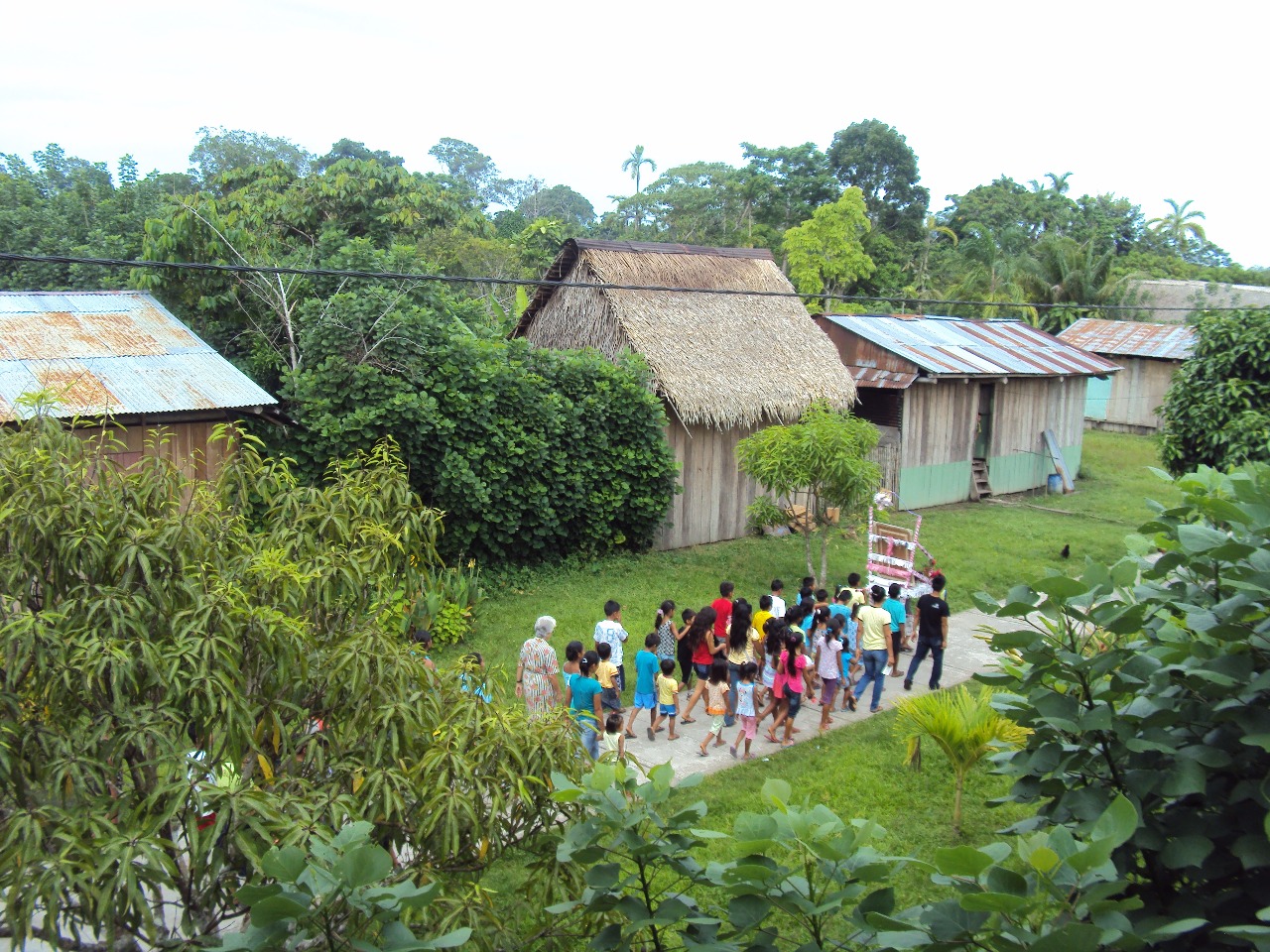The Synod of Bishops’ Special Assembly for Pan-Amazonia will be held from Sunday, October 6 to Sunday, October 27, 2019, to reflect on the theme: “Amazonia: New Paths for the Church and for An Integral Ecology.”
Pope Francis convoked the Special Assembly of the Synod of Bishops on Pan-Amazonia on October 15, 2017, with the objective of “finding new paths for evangelization of that portion of the People of God, especially the Indians, often forgotten and without the prospect of a serene future, and also for the cause of the crisis of the Amazon forest, lung of fundamental importance for our planet.”
The Amazonian Synod is a great ecclesial, civic and ecological project, which is aimed at surmounting borders and redefining pastoral lines, adapting them to modern times.
Source of Oxygen
The Pan-Amazonian area encompasses nine countries: Brazil, Bolivia, Colombia, Ecuador, Peru, Venezuela, Surinam, Guyana, and French Guyana. It’s a region that is an important source of oxygen for the whole earth, where more than a third of the world’s primary forest reserves are concentrated, containing 20% of unfrozen freshwater.
The first time the Pope touched Amazonian territory (in Peru) on January 19, 2018, he expressed his concern for the Indians, affirming: “The native Amazonian people were probably never so menaced as they are now. Amazonia is a disputed land on several fronts. On that occasion, he opened officially the preparation of the event that will be held in October 2019.
34 Million Inhabitants
In this vast territory, there are close to 34 million inhabitants, of which more than three million are Indians, belonging to over 390 ethnic groups. There are peoples and cultures of all types, such as Afro-descendants, peasants, and settlers, who live in a vital relationship with the vegetation and the rivers’ waters.
Social Justice and the rights of these peoples are a priority for Pope Francis, who reiterated: “The essential problem is how to reconcile the right to development, including social and cultural, with the protection of the characteristics of the Indians and their territories” (III Forum of Indigenous Peoples, February 15, 2017).
Although the topic refers to a specific region, i.e. Pan-Amazonia, the reflections proposed to go beyond the geographic territory, as they encompass the whole Church and refer to the planet’s future.
The Instrumentum Laboris, document the Synodal Fathers will work with during the Assembly, was presented on June 17, 2019, with the title ”Amazonia: New Paths for the Church and for An Integral Ecology,” which will take place in the Vatican from October 6-27, 2019.
The document has three parts: The Voice of Amazonia, Integral Ecology: The Clamour of the Earth and of the Poor, and Prophetic Church in Amazonia: Challenges and Hopes.

Community Of The Amazon © REPAM
Why Is A Synod for Amazonia Being Held?
It Is An Ecclesial, Civic and Ecological Project


